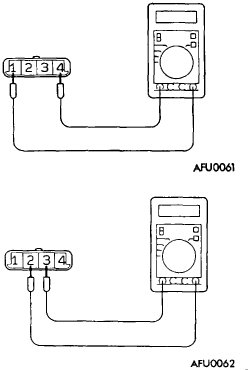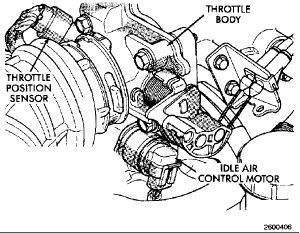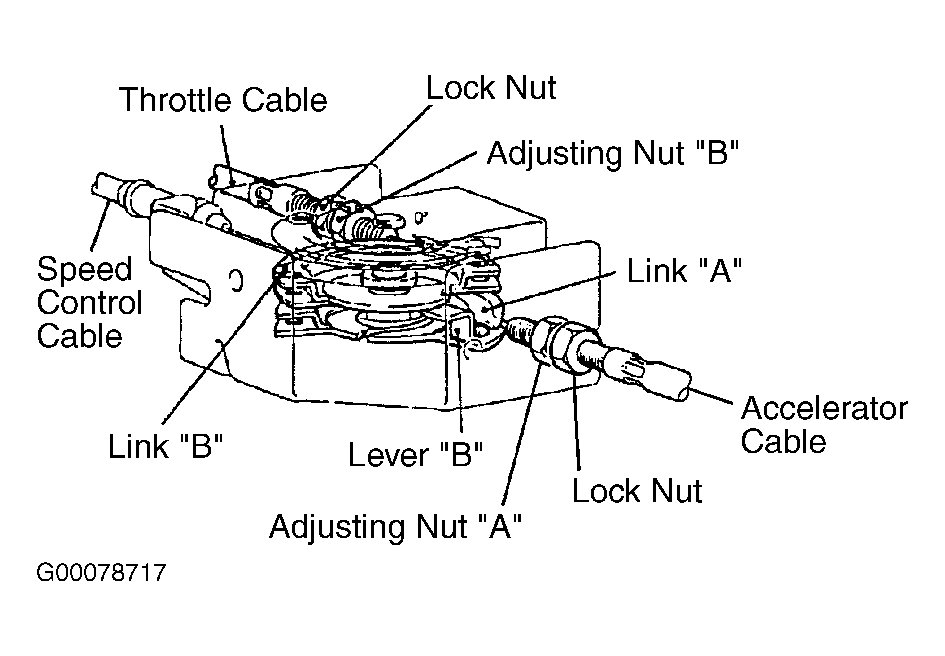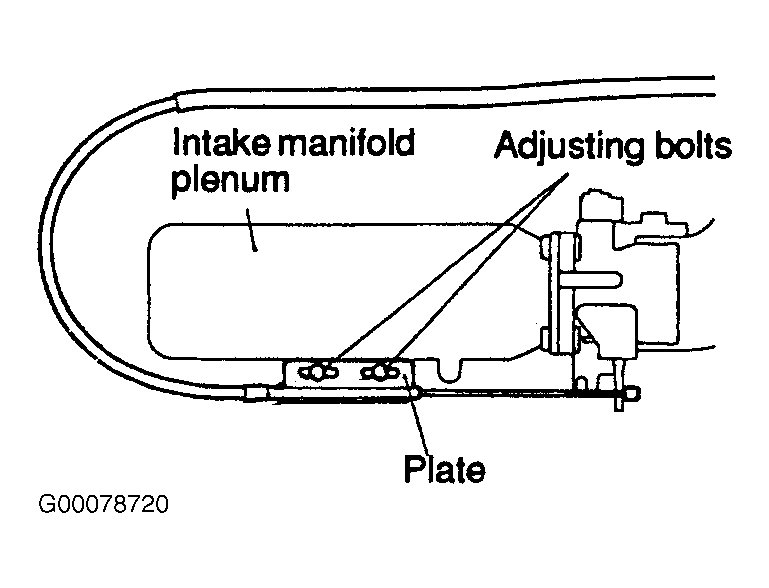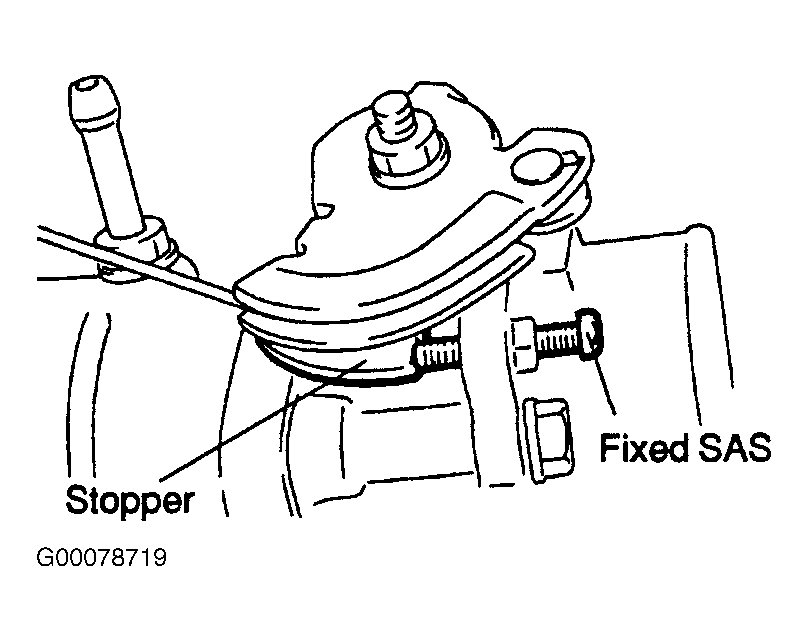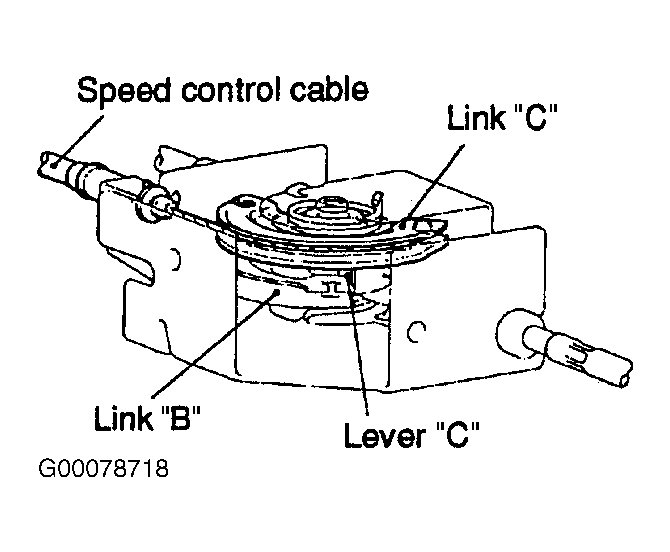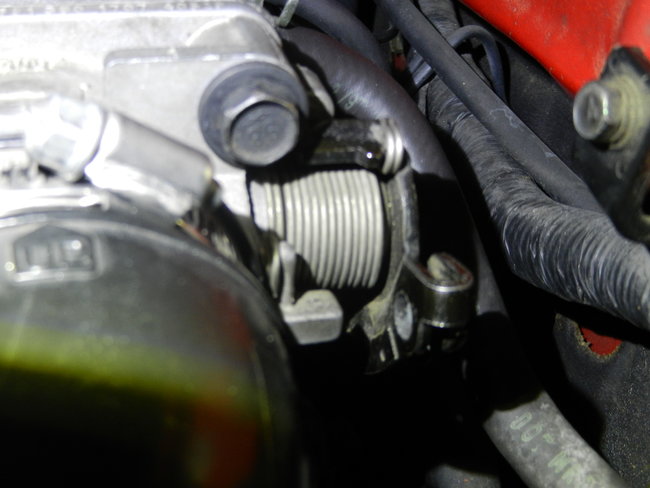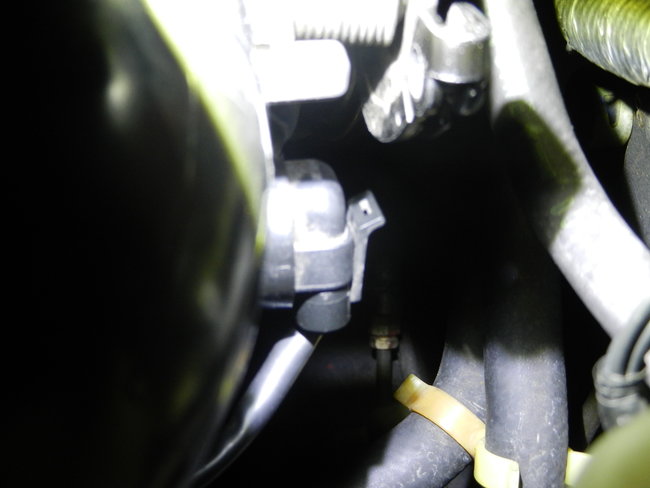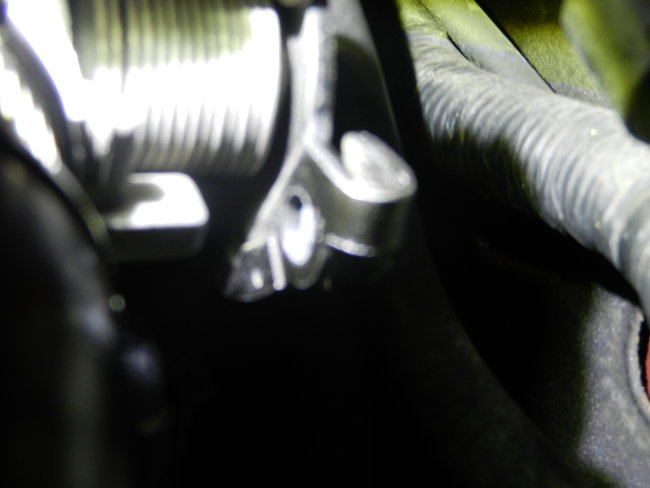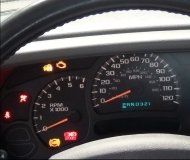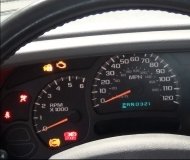Hi and thanks for using 2CarPros.com.
There could be many things causing this problem. I will run through some of the most common, but to be honest, if it is running as you described, the check engine light should be on which would indicate there are trouble codes stored which could lead to the issue.
Now, since the idle is an issue, these vehicles depend on an idle air control valve (IAC). When your foot is off the throttle, the throttle plate closes completely. For the engine to keep running, the IAC meters air into the engine. Most times, and IAC bad IAC will cause the idle to rise and fall over and over. However, it can do what you described.
Before I get into the IAC diagnosis and inspection, if the check engine light is on, scan it first. Here is a video showing how if you need it:
https://youtu.be/YV3TRZwer8k
___________________________________________________________________________
Now for the IAC and idle speed. Here is a check from alldata:
Curb idle speed check:
Before inspection and adjustment set vehicles in the following condition.
Engine coolant temperature: 80 - 95°C (176 - 203°F)
Light*, electric cooling fan and all accessories: OFF
Transaxle: Neutral (P range on vehicles with A/T)
Connect the scan tool to the data link connector.
Start the engine and run it at idle.
Run the engine at idle for 2 minutes.
Check the curb idle speed. The standard value is 750 ±100 RPM .
NOTES:
The idle speed is controlled automatically by the idle air control system.
If the idle speed is outside the standard value, inspect the MFI components.
In vehicles for Canada, the headlight, tail light, etc. will remain lit even when the lighting switch is turned OFF but this is no problem.
________________________________
Here are the directions for checking the IAC / see pic 1. Also, the IAC is located on the throttle body. See Pic 2.
Disconnect the idle air control motor connector.
Measure the resistance between terminal 1 and terminal 4 of the connector at the idle air control motor side. Standard value: 38-52 ohms [at 2O°C (68°F)]
Measure the resistance between terminal 2 and terminal 3 of the connector at the idle air control motor side. Standard value: 38-52 ohms [at 2O°C (68°F)]
If you find that the IAC tests good, remove it and make sure it is clean and free of carbon and dirt.
_____________________________________
Next, another common problem is a vacuum leak. Here are directions for locating and repairing a vacuum leak:
https://www.2carpros.com/articles/how-to-use-an-engine-vacuum-gauge
_____________________________________
If everything is checking out good, next check the catalytic converter to make sure there is no restriction. Here are links for symptoms of a plugged converter as well as how to check one:
https://www.2carpros.com/articles/bad-catalytic-converter-symptoms
https://www.2carpros.com/articles/how-to-test-a-catalytic-converter
___________________________________
Okay, I think there is enough to get you started. I will remind you that the 2.5L V6 does have a timing belt and if it has never been replaced, is way past due. Keep in mind, engine timing can do the same things you mentioned. Additionally, this engine is an interference engine. That means if the belt breaks, there will be major internal damage to the pistons and valves. Not a good thing!
Let me know your thoughts or if you have other questions. I am here to help.
Take care,
Joe
Images (Click to make bigger)
SPONSORED LINKS
Thursday, June 21st, 2018 AT 7:43 PM
